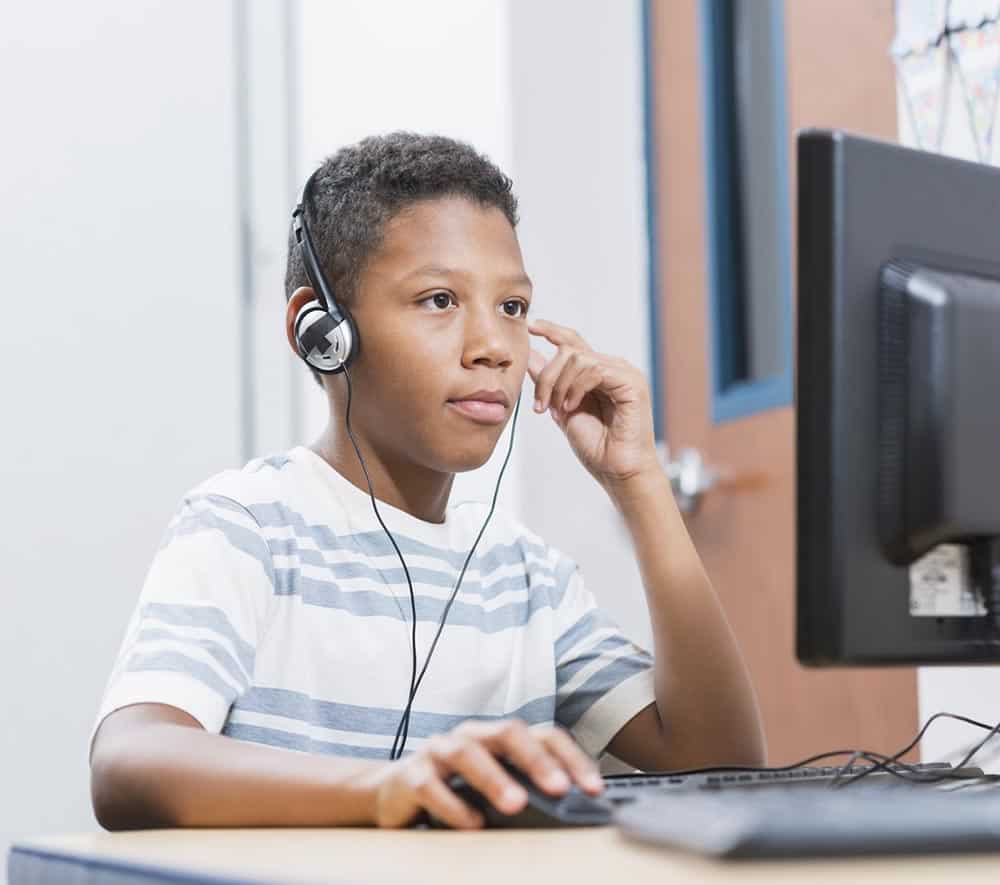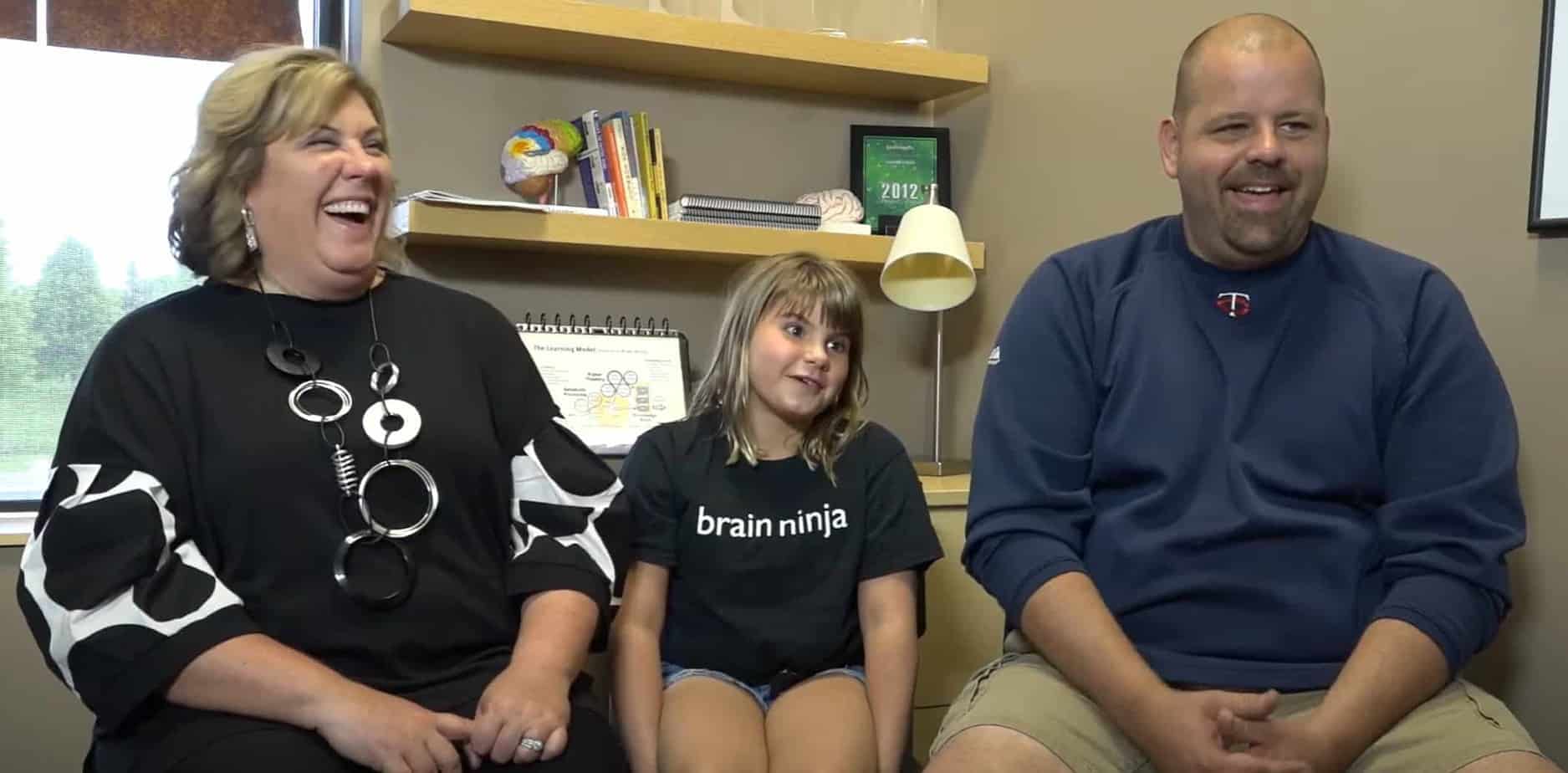Are There Different Types of Learning?
Some people seem to have a natural aptitude for working with their hands. Others learn best when they have visual aids. It seems like certain students are better at different types of learning. Does that mean those learning styles are the only way they’ll excel?
Unsurprisingly, the answer is a little more complicated than a simple yes or no.
The concept of different types of learning styles rose to prominence in the 1980s and 90s as a way to understand how students processed ideas. Neil Fleming’s VARK model became especially popular. You may already be familiar with his four types of learners:
- Visual: Learners who need visual representations of information through maps, diagrams, and pictures.
- Auditory: Students who need to hear concepts spoken out loud, or who use music and talking to learn.
- Reading/Writing: People who rely on reading or writing materials in order to grasp information.
- Kinesthetic: Those who learn most effectively when using their bodies, hands, or sense of touch.
The problem? There’s little evidence that this theory applies to learners in practice. In fact, one study showed that many students benefited from a mixed approach to learning styles—both auditory and kinesthetic modes, for example.
That said, this idea of learning styles can still be a useful framework for approaching learning challenges, strategies, and cognitive skill-building. Let’s review.
How to Understand Different Types of Learning
Identifying Different Strategies to Improve Learning
While the idea of rigid learning styles may not be accurate, it’s an important tool for understanding that everyone can benefit from different types of learning. That’s because everyone learns a little differently.
For some students, it’s because they have ADHD, autism, dyslexia, or another cognitive difference. Some students may need a more challenging approach to learning. Others may find it easier to visualize information.
For most, there isn’t a cut-and-dry, right-or-wrong method of learning. Instead, different strategies can help them internalize ideas, including:
- Using memorization and information recall
- Talking through ideas
- Analyzing diagrams, maps, or other visuals
- Learning through group work and interactive learning
- Reading or writing about different ideas
- Understanding concepts through hands-on practice
- Hearing concepts explained out loud
The more we can identify different strategies for learning, the easier it is to find methods that work for each unique student.
The Connection Between Cognitive Skills and Learning
So why does it seem like some students simply can’t learn visually—and why do others seem to thrive with this particular learning strategy?
Our complex brains play a big role in this. Specifically, each learner’s cognitive abilities affect which types of learning may work for them. As one example, deficits in working memory can make it more challenging to practice memorization or follow complex diagrams.
But it’s a mistake to think that if someone has a poor working memory, they’ll always deal with the same learning challenges. In reality, cognitive skills can evolve over time. When we improve our cognitive skills, we can transform the way we learn, think, remember, and understand!
That’s where brain training comes in.
Improving Learning Outcomes with Brain Training
Brain training helps learners of all ages identify their cognitive strengths as well as those areas where they want to see improvements. But that’s just the first step.
Through one-on-one brain training, students target their underlying cognitive skills—skills like working memory, thinking speed, attention, and visual processing. In a focused, dynamic environment, they practice and strengthen these abilities.
By improving these skills, students can discover new strengths and aptitudes. They may find that different types of learning benefit them, like visual or auditory learning.
It’s important to understand that our minds are capable of extraordinary change and development. Skills aren’t set in stone—they can be redefined with proper support and training. Anyone can become a better thinker or learner!
Wondering why you or your child struggles with different types of learning? Speak to LearningRx about getting a Brain Skills Assessment—you can contact us online or call 866-BRAIN-01 for details.













